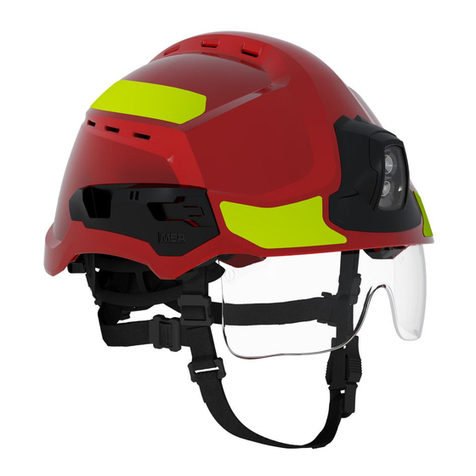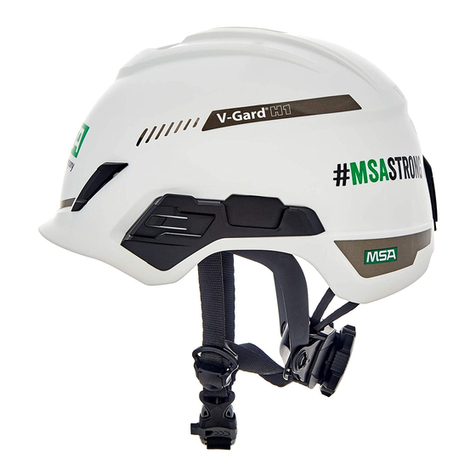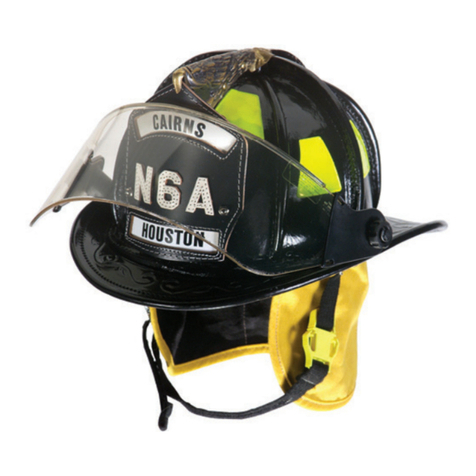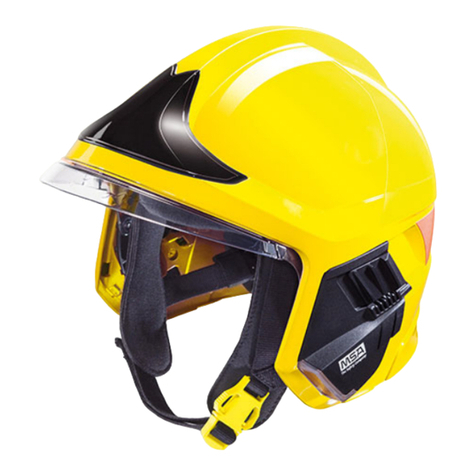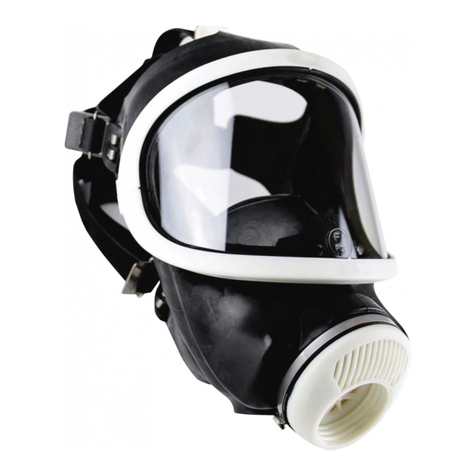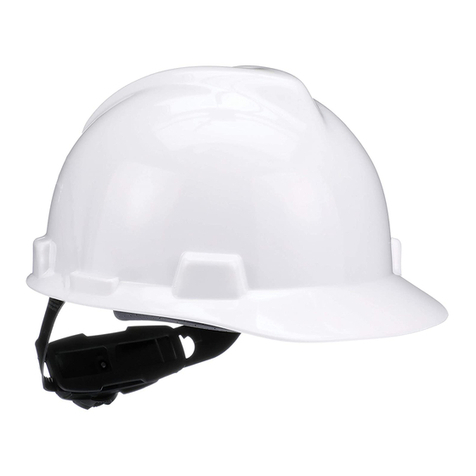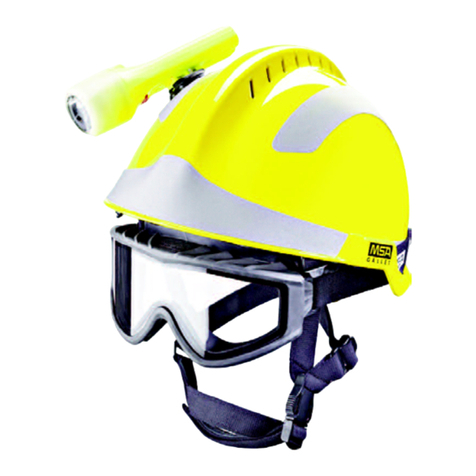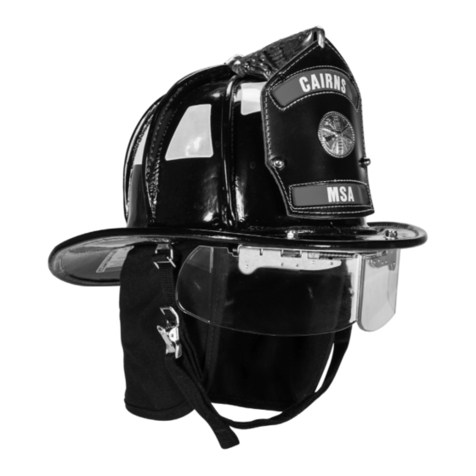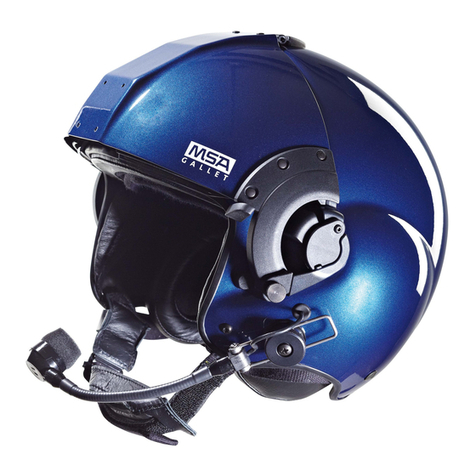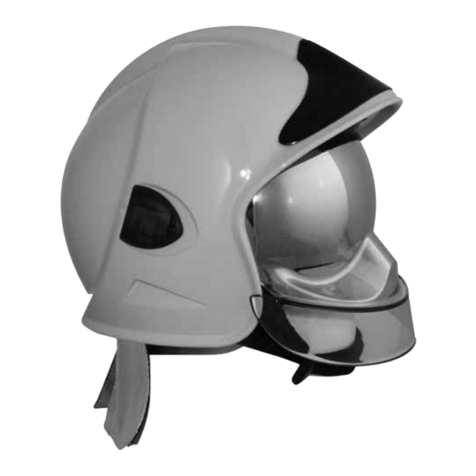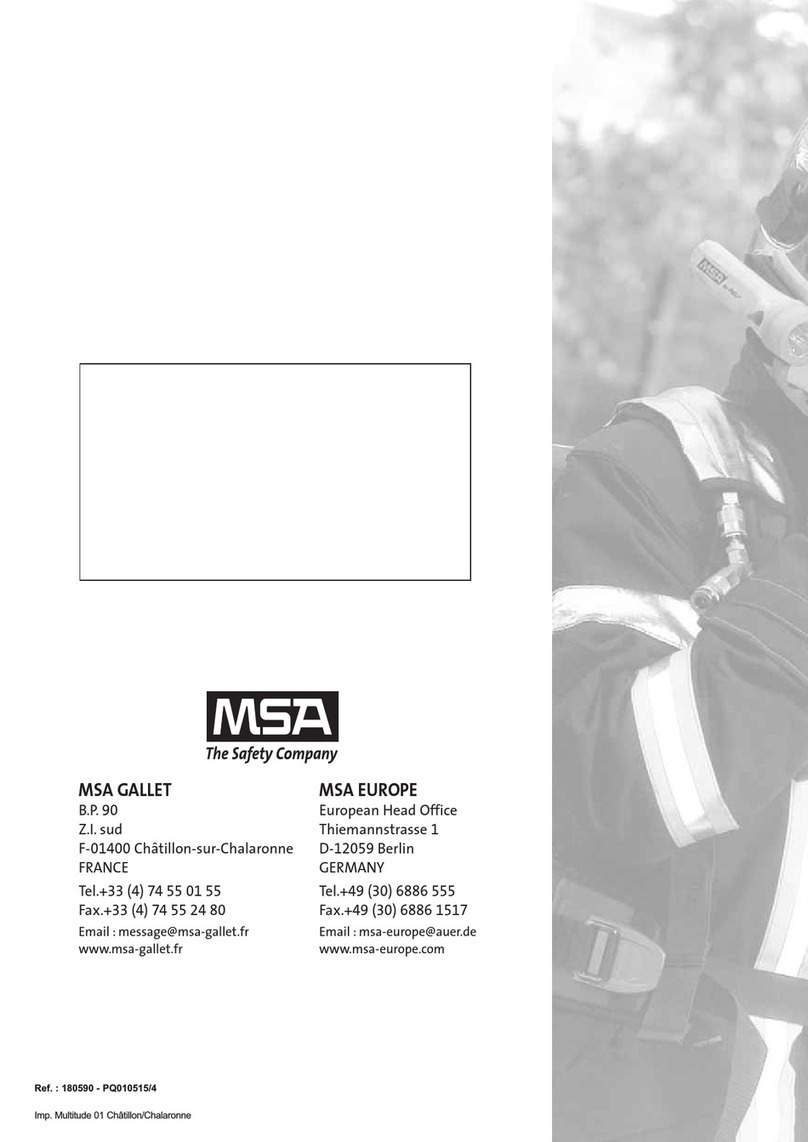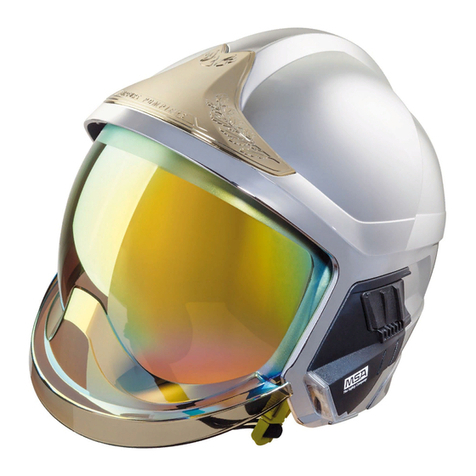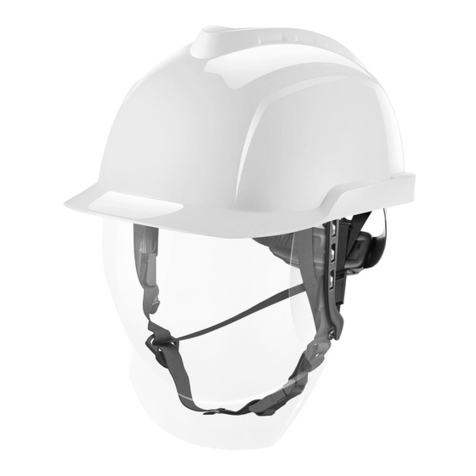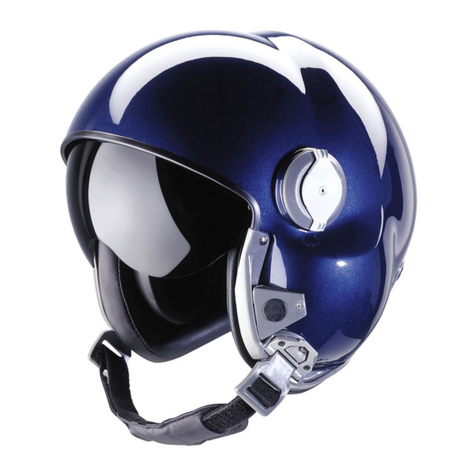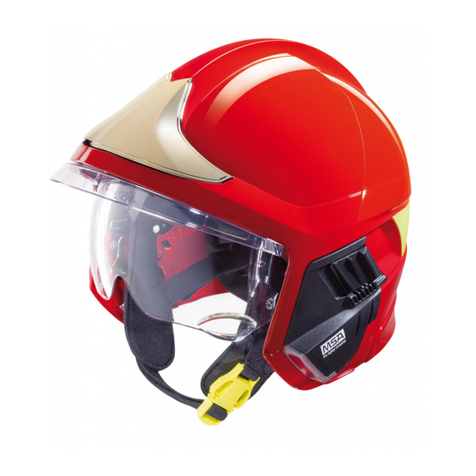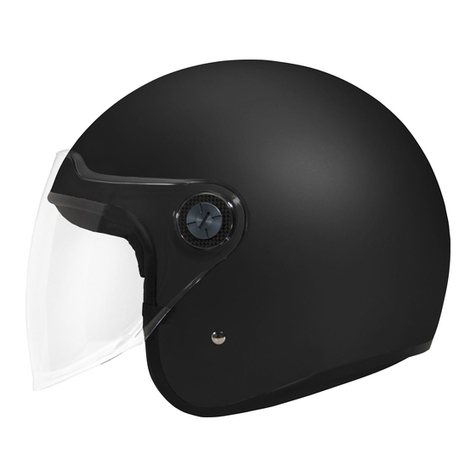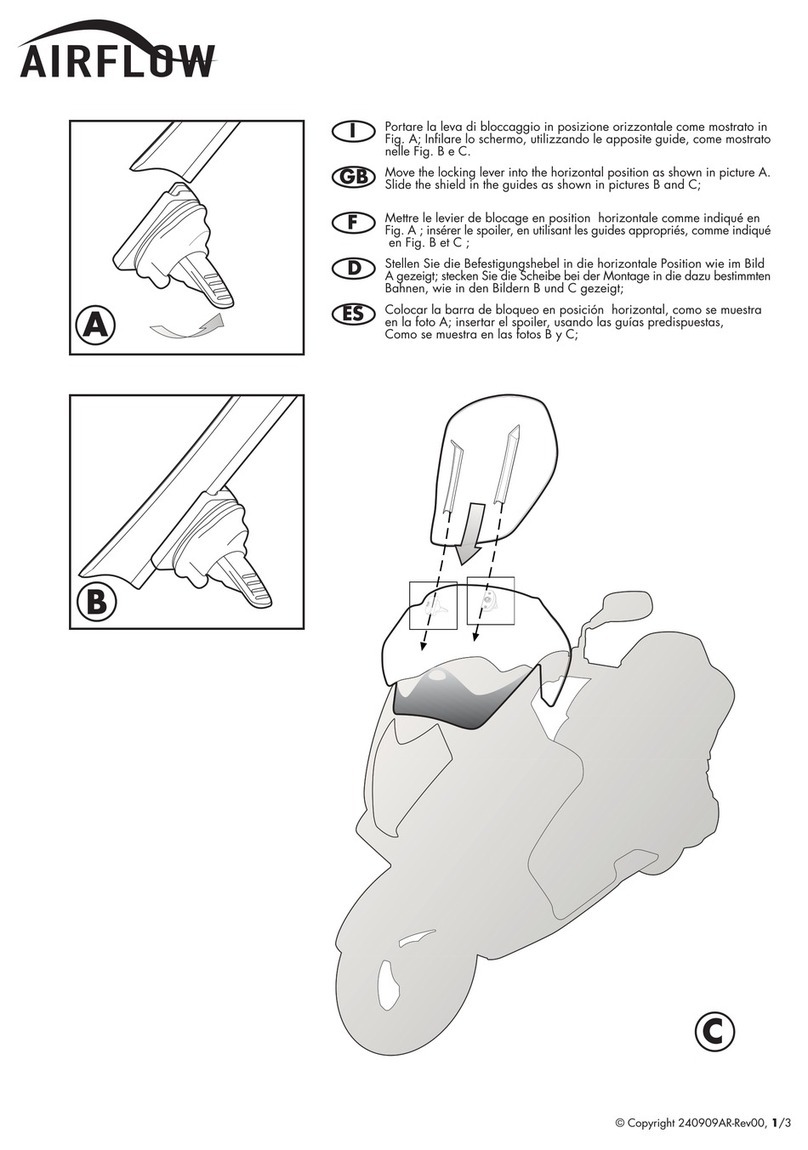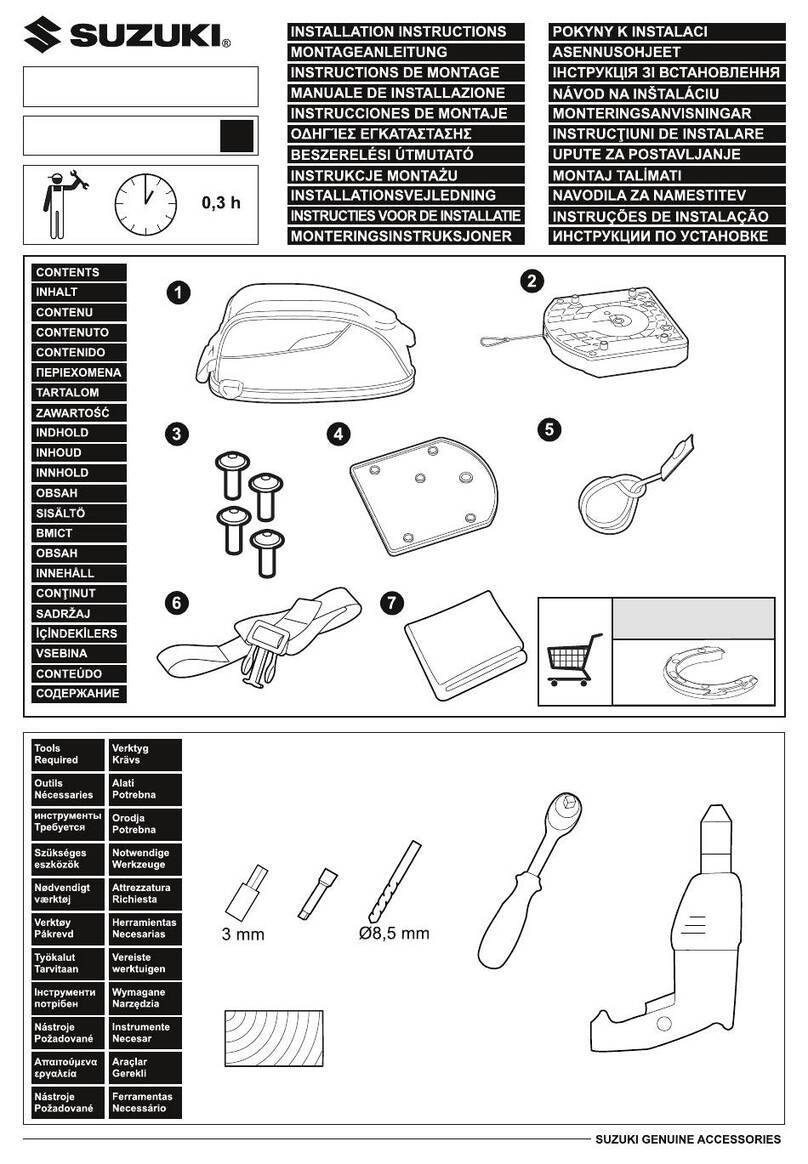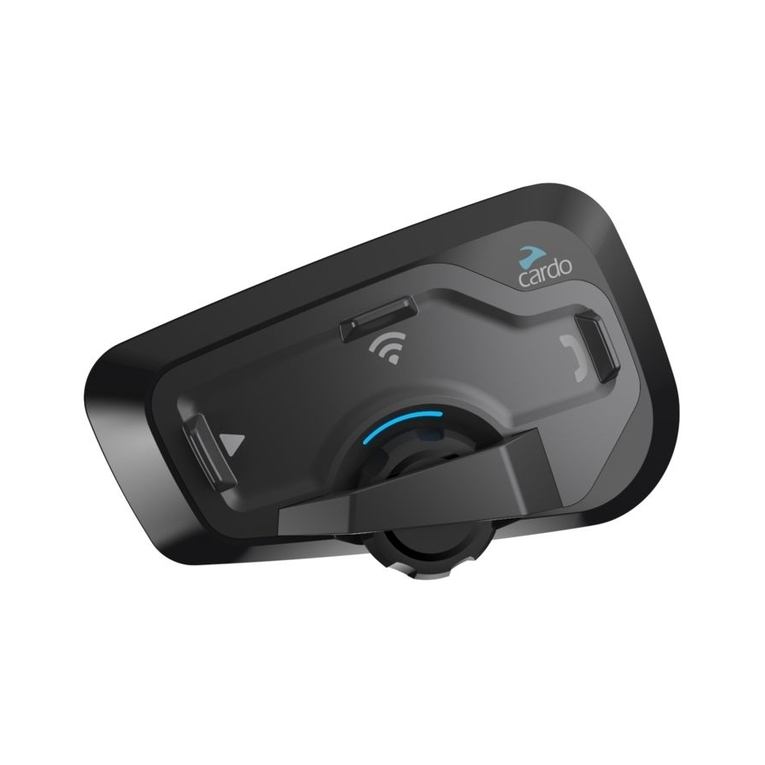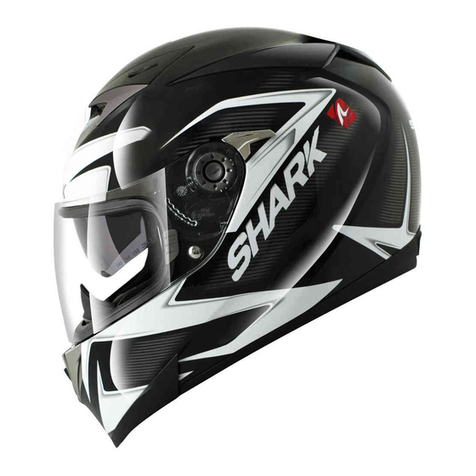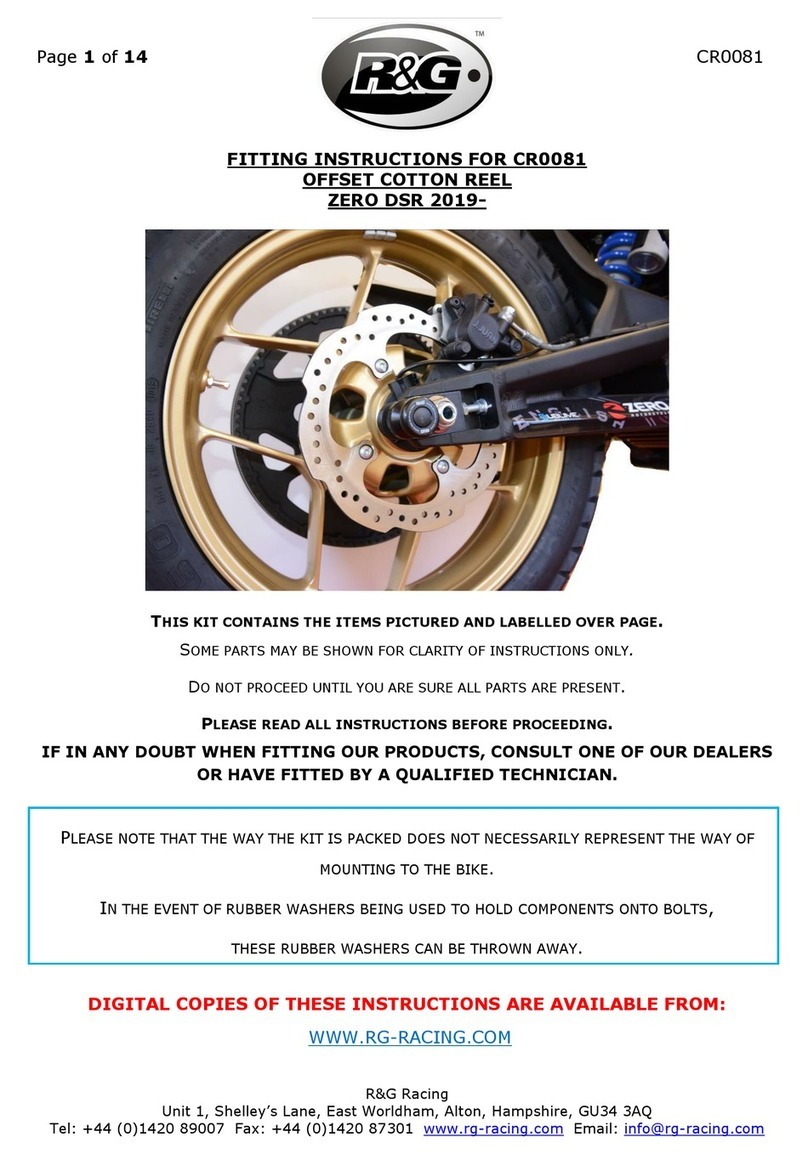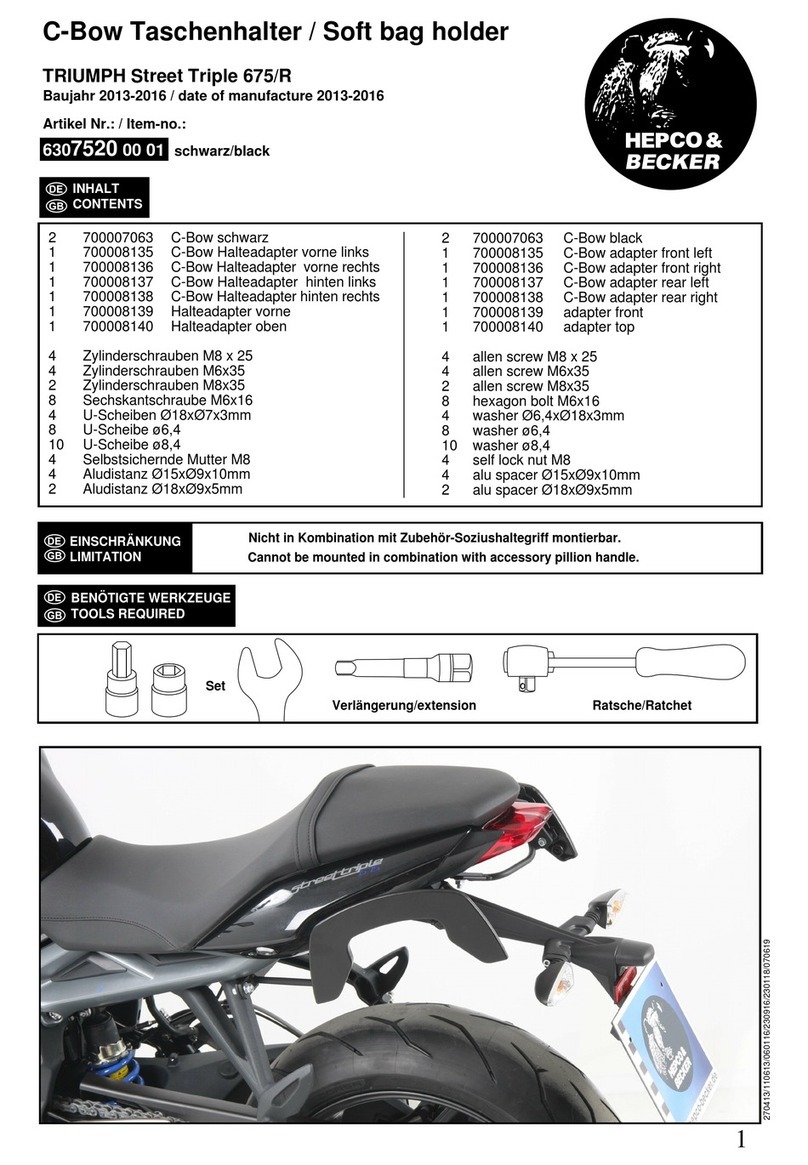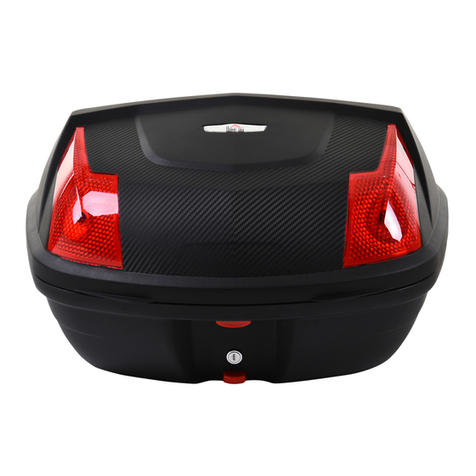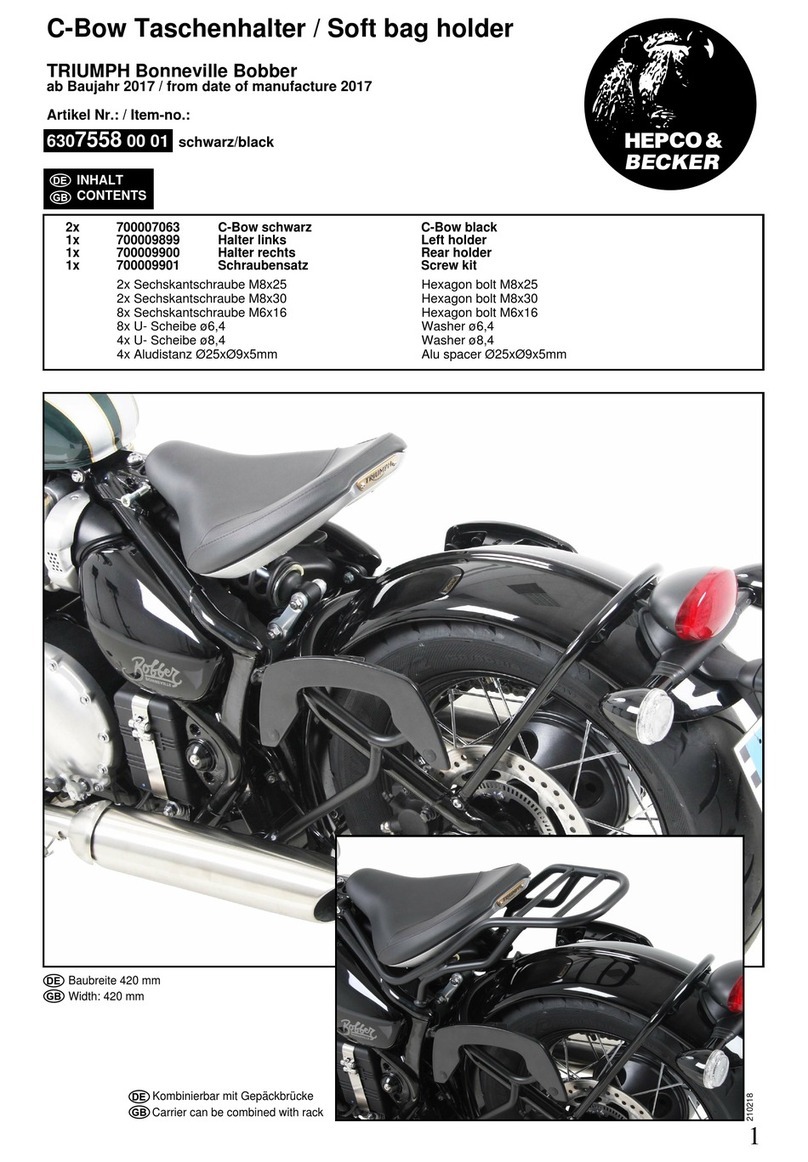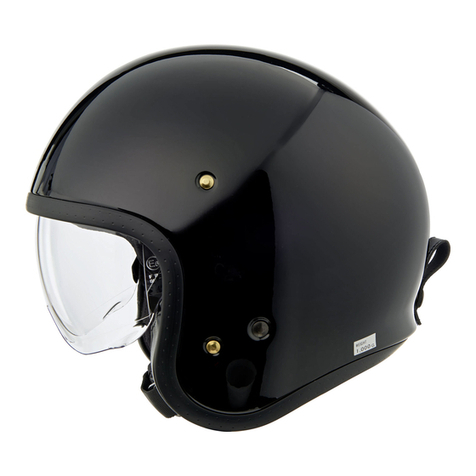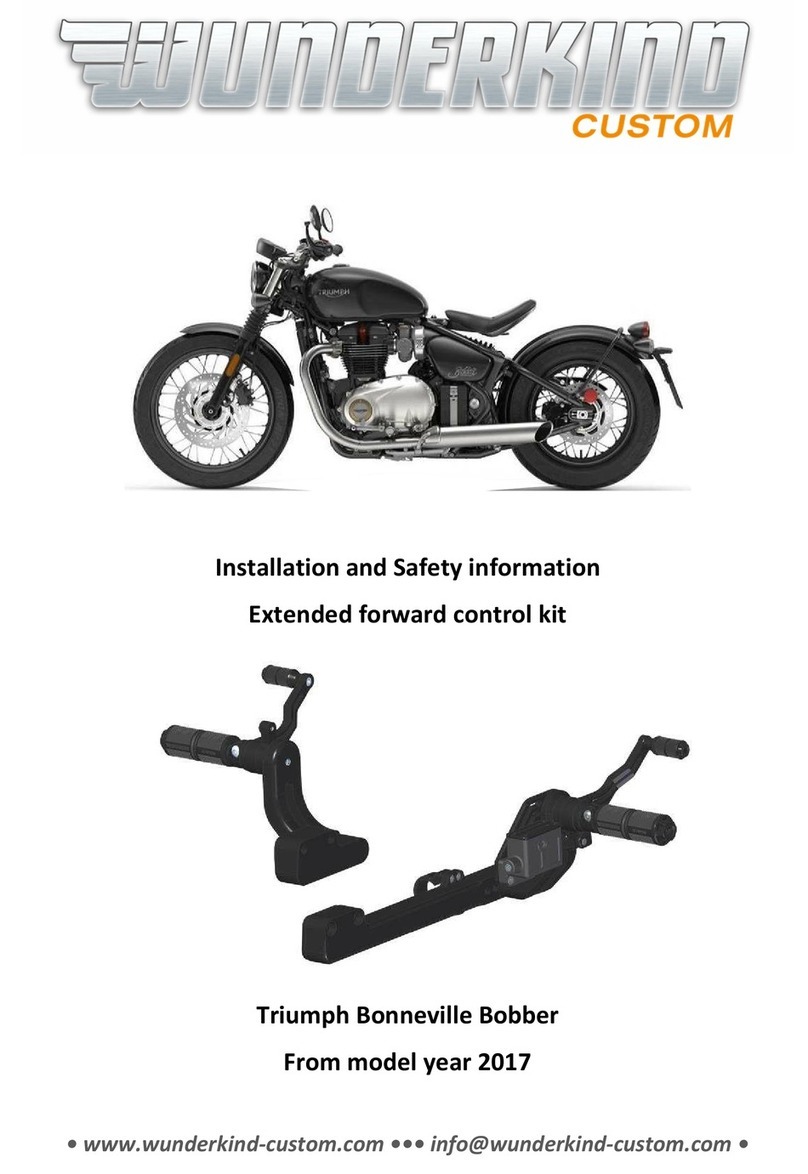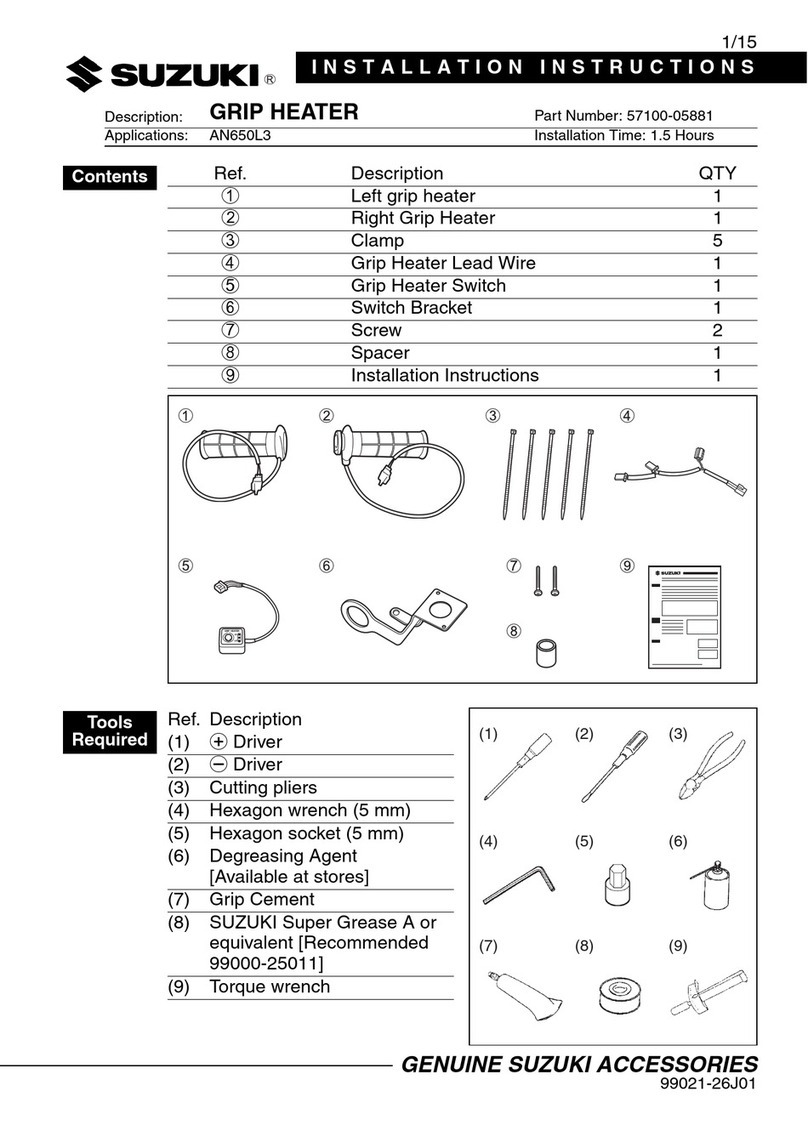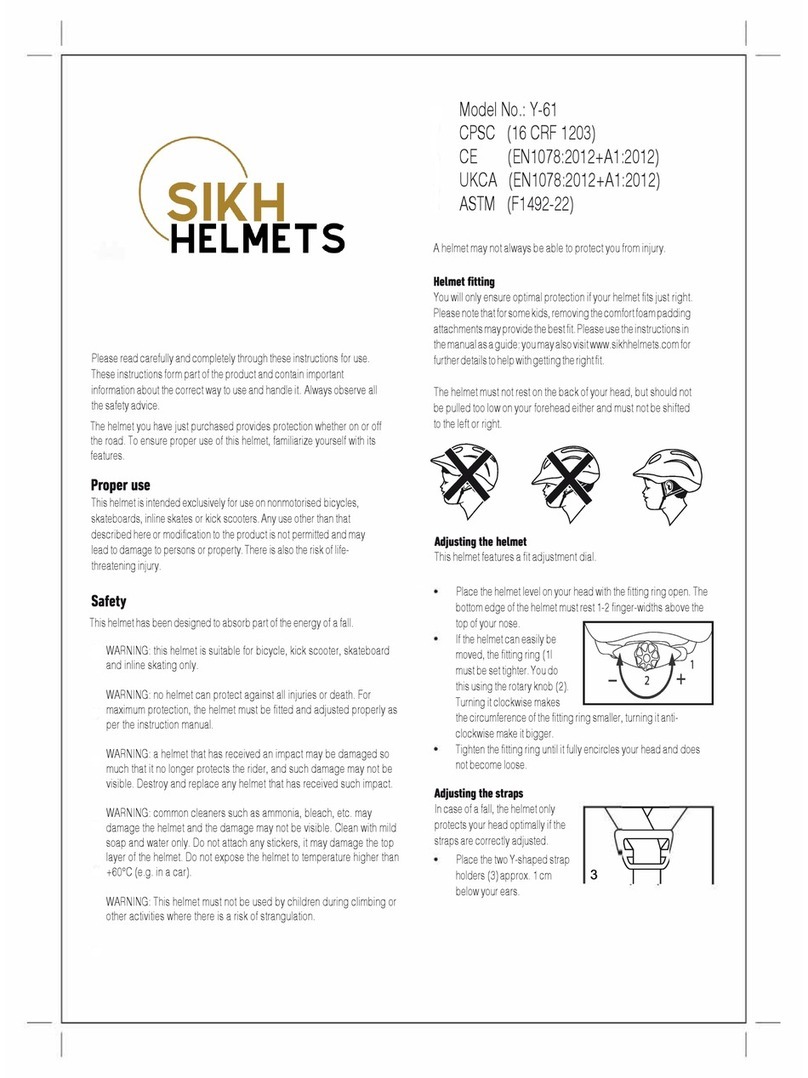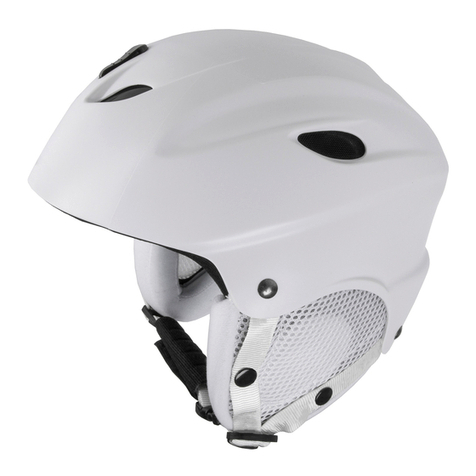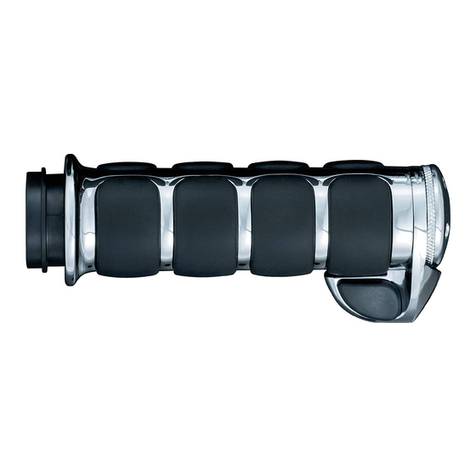
1 Safety Regulations
1.1 Correct Use
The Gallet F1XF helmet - hereafter called helmet - is a safety helmet for the head intended for firefighters
operations, such as fire fighting in buildings and other structures, rescue interventions and other typical tasks of fire
brigades.
The helmet is designed for use with SCBA full face masks.
WARNING!
The safety intended to be provided by the helmet can only be ensured when it is properly assembled and correctly
fitted, removable parts shall not be worn separately.
Failure to follow this warning can result in serious personal injury or death.
WARNING!
This helmet is not suitable as a motorcycle helmet.
Failure to follow this warning can result in serious personal injury or death.
It is imperative that this operating manual be read and observed when using the product. In particular, the safety
instructions, as well as the information for the use and operation of the product, must be carefully read and
observed. Furthermore, the national regulations applicable in the user's country must be taken into account for
safe use.
Alternative use, or use outside this specification will be considered as non-compliance. This also applies especially
to unauthorized alterations to the product and to commissioning work that has not been carried out by MSA or
authorized persons.
1.2 Liability Information
MSA accepts no liability in cases where the product has been used inappropriately or not as intended. The
selection and use of the product are the exclusive responsibility of the individual operator.
Product liability claims, warranties also as guarantees made by MSA with respect to the product are voided, if it is
not used, serviced or maintained in accordance with the instructions in this manual.
DANGER!
Before use the product operability must be verified. The product must not be used if the function test is
unsuccessful, it is damaged, a competent servicing/maintenance has not been made, genuine MSA spare parts
have not been used.
Failure to follow this warning will result in serious personal injury or death.
2 Description
The helmet provides protection of head and face against shocks, sharp objects, splatters of solid, liquid, corrosive,
chemical products (sulphuric acid, sodium hydroxide, p-xylene, butan-1-ol, n-heptane…), molten metals, radiating
heat, flames, electric current.
In situations where the conditions exceed those described in the specifications mentioned above, the protection of
the user is not guaranteed.
Face Shield
The clear or gold coated face shield protects against various risks likely to arise during firefighting interventions,
ambulance and emergency services, except respiratory and smoke and gas / vapour emission risks. The face
shield resists the splatter of chemical products identical to those of the helmet mentioned above.
Ocular
Oculars fitted with the helmet provide limited eye resistance and/or protection against mechanical, liquid chemicals
(as described above in the helmet section) and basic physical hazards such as flying fragments, chips, particles,
sand.
2.1 Overview
The helmet consists of the following components:
1 Safety Regulations
5 GB
